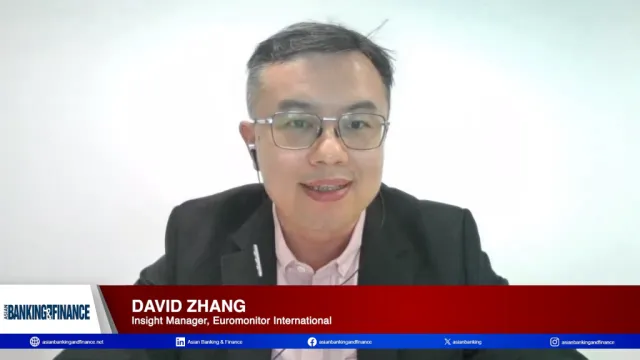
Philippine banks’ bad loans ratio to decline in 2023: S&P
But should interest rates rise sharply, banks may face more defaults.
The Philippine banking sector’s non-performing loans (NPL) ratio is expected to decline slightly to 3.2% by end 2023 as most pandemic-related weak loans have been recognized or restructured, according to the latest report released by S&P Global Ratings.
However, should interest rates rise sharply, more defaults from consumer and small to midsize enterprise segments may happen, warned Nikita Anand, primary credit analyst, S&P.
The sector’s NPL ratio is expected to come at 3.5% for the full year of 2022, lower than the 4% reported in end-2021.
Earnings are also expected to improve, with the sector’s return on average assets likely to increase to 1.3% to 1.4% in 2023. This is thanks to higher margins from policy rate hikes, Anand said.
However, higher interest rates could slow credit growth. S&P now forecasts a credit growth of 5% up to 7% in 2023. This is lower than the 7% to 9% in 2022.




![Lorem Ipsum [ABF 1]](https://cmg-qa.s3.ap-southeast-1.amazonaws.com/s3fs-public/styles/exclusive_featured_article/public/2025-03/a_hand_pointing_to_a_futuristic_technology_5b87c9d0e3_1.png.webp?itok=2w0y1WhS)


![Cross Domain [Manu + SBR + ABF + ABR + FMCG + HBR + ]](https://cmg-qa.s3.ap-southeast-1.amazonaws.com/s3fs-public/styles/exclusive_featured_article/public/2025-01/earth-3537401_1920_4.jpg.webp?itok=WaRpTJwE)







 Advertise
Advertise

